Weekly Round-up on Tax and Corporate Laws | 25th to 30th November 2024
- Blog|Weekly Round-up|
- 9 Min Read
- By Taxmann
- |
- Last Updated on 3 December, 2024
This weekly newsletter analytically summarises the key stories reported at taxmann.com during the previous week from November 25th to 30th, 2024, namely:
- CBDT releases FAQs on PAN 2.0 project; PAN/TAN services shall be completely paperless;
- CBDT notified Safe Harbour Rules for income from selling raw diamonds in any notified special zone;
- Insolvency proceedings can be initiated against a personal guarantor independently of the CD if the debt remains unpaid;
- GSTN issued advisory for reporting TDS deducted by scrap dealers in October 2024 but granted registration in November 2024;
- Petitioner can’t escape audit proceedings on the grounds of GST registration cancellation on date of audit: HC; and
- Accounting treatment for interest on foreign currency loan under Ind AS framework.
1. CBDT releases FAQs on PAN 2.0 project; PAN/TAN services shall be completely paperless
The Ministry of Finance has announced that the Cabinet Committee on Economic Affairs (CCEA) has approved the Income Tax Department’s Permanent Account Number (PAN) 2.0 Project. This project aims to streamline and modernise issuing and managing PAN and TAN, making it more user-friendly and efficient.
PAN-related services are currently spread across three portals (e-Filing, UTIITSL, and Protean e-Gov). The PAN 2.0 Project will unify all PAN/TAN services on a single ITD portal, covering allotment, updates, corrections, online PAN validation, AADHAAR-PAN linking, PAN verification, e-PAN requests, and re-print requests.
PAN allotment, updation, and correction will be paperless and free, with e-PAN sent to the registered email. For a physical PAN card, a fee of Rs. 50 (domestic) applies, and Rs. 15 + actual India post charges for delivery outside India.
The CBDT also clarified that the PAN card will not be changed unless the PAN holders want any updation/correction. The existing valid PAN cards will continue to be valid under PAN 2.0.
The PAN card under PAN 2.0 will feature an enhanced dynamic QR code, displaying the latest PAN data. PAN holders with old cards can apply for a new one with a QR code. The QR code validates PAN details, and a specific reader app shows full details such as photo, signature, name, and date of birth.
Read the Press Release
2. CBDT notified Safe Harbour Rules for income from selling raw diamonds in any notified special zone
The Central Board of Direct Taxes (CBDT) has introduced Safe Harbour Rules for foreign companies engaged in the business of diamond mining. These companies must be engaged in the business of selling raw diamonds in any notified special zone. The Safe Harbour Rules are for the profits and gains of the business chargeable to tax under the head “Profits and gains of business or profession”.
The CBDT has inserted new rules 10TI, 10TIA, 10TIB, and 10TIC into the Income-tax Rules, 1962 to implement the Safe Harbour Rules. The rules contain the following key points:
- The Safe Harbour Rules apply to foreign companies engaged in the business of selling raw diamonds in any notified special zone as referred to in clause (e) of Explanation 1 to 9(1)(i).
- If the assessee can exercise the option for Safe Harbour, the profits and gains of the business chargeable to tax shall be 4% or more of the gross receipts from such business.
- The assessee can exercise the option for Safe Harbour by furnishing Form No. 3CEFC to the Assessing Officer before furnishing the return of incomeunder section 139 for the relevant previous year.
- If the option for Safe Harbour is exercised, the following consequences shall apply:
-
- Deductions under sections 30 to 38 are deemed fully allowed, and no further claims are permitted.
- Depreciation is treated as claimed, and the written-down value (WDV) of assets is adjusted accordingly.
- Set-off of unabsorbed depreciation [Section 32(2)] or carried-forward business losses [Section 72(1)] is disallowed.
- Set-off of losses from other businesses [Section 70(1)] or other heads of income [Section 71(1)/(2)] against business profits is not allowed.
- The assessee exercising the option for Safe Harbour shall not be entitled to invoke a mutual agreement procedure under an agreement to avoid double taxation as referred to in section 90 or section 90A.
Read the Notification
3. Insolvency proceedings can be initiated against a personal guarantor independently of the CD if the debt remains unpaid
The NCLT, in the matter of State Bank of India v. Amresh Kumar Singh [2024] 168 taxmann.com 559, held that insolvency proceedings can be initiated against a guarantor independently of the corporate debtor if the debt remains unpaid. This allows a financial creditor to pursue insolvency against the guarantor even without initiating proceedings against the corporate debtor first.
Brief facts of the case
In the instant case, the corporate debtor/principal borrower was granted a diverse credit facility by the financial creditor/applicant bank. The Respondent/personal guarantor had executed and signed a guarantee agreement in favour of the financial creditor for the said credit facility, whereby he agreed to stand as a guarantor.
After availing of the credit facility, the corporate debtor failed to maintain financial discipline, due to which the loan became irregular. As a result, the financial creditor sent a legal cum recall notice to the corporate debtor and the corporate debtor was classified as NPA.
A demand notice in Form B under Rule 7(2) of Insolvency and Bankruptcy (Application to Adjudicating Authority for Insolvency Resolution Process for Personal Guarantor to Corporate Debtor) Rules, 2019 was issued by the financial creditor to the respondent.
The respondent failed to repay the outstanding debt to the financial creditor. Thereafter, the financial creditor filed an instant petition under section 95 of the IBC against the respondent.
The Instant Tribunal appointed RP under section 97(5) to examine the petition and file his report. After examining and analysing all the details, he submitted a report under section 99(1) recommending for admission of the instant application under section 100 against the respondent.
Respondent Contentions
The Respondent objected to the said report of RP on the grounds that instead of recovering assets from the corporate debtor, the financial creditor directly initiated insolvency proceedings against the Respondent. The financial creditor should have first sought recovery from the corporate debtor, and then the remaining amount could be claimed from the Respondent. Hence, the entire insolvency proceedings were mishandled and conducted improperly.
NCLT’s Observations
The NCLT observed that RP conducted an inquiry under Section 99(2) of the IBC to give the personal guarantor the opportunity to make payment and inform the RP. Despite the inquiry made by the RP, no evidence, as required under section 99(2) regarding the payment of unpaid debt in default, could be submitted by the respondent/personal guarantor.
Further, the NCLT highlighted that the liability of personal guarantors is co-extensive with that of the corporate debtor, as expressly provided under section 128 of the Indian Contract Act, 1872. A personal guarantor’s liability is established through an independent contract, which in the present case was a Guarantee Agreement.
It was clarified that a financial creditor is entitled to initiate proceedings against both the corporate debtor and the personal guarantor simultaneously or in any preferred sequence—either against the guarantor first or the corporate debtor.
Thus, the respondent/personal guarantor was incorrect in saying that the entire insolvency proceedings had been initiated in a wrong and illegal manner.
NCLT’s Ruling
The NCLT held that insolvency proceedings could be initiated against a guarantor independently of the corporate debtor. This means a creditor could pursue insolvency against the guarantor even if it had not initiated insolvency proceedings against the respondent/corporate debtor first.
Further, the NCLT held that since unpaid debt in default remained unpaid even after issuing of demand notice in Form B, the instant application was to be admitted in accordance with the provision of section 100 of IBC.
Read the Ruling
4. GSTN issued advisory for reporting TDS deducted by scrap dealers in October 2024 but granted registration in November 2024
The GSTN has observed that some taxpayers receiving supplies of metal scrap are unable to report TDS deducted in the month October 2024 as they are not able to file return for the month of October 2024. This issue has occurred because while the taxpayers applied for GST registration in October 2024 but their GST registrations were approved only in November 2024.
The GSTN has issued an advisory to resolve this issue and it is informed that taxpayers who were granted registration in November 2024, but deducted TDS in October 2024, are hereby advised to report the consolidated amount of TDS deducted for the period from 10.10.2024 to 30.11.2024 in the GSTR-7 return to be filed for the month November 2024. In this regard, GSTN Update dated November 26th, 2024 has been issued.
Read the GSTN Advisory
5. Petitioner can’t escape audit proceedings on the grounds of GST registration cancellation on date of audit: HC
The Honorable Bombay High Court has recently held that provisions of Section 65 for audit proceedings would be applicable for conducting audit of a financial year when a person was registered even if such a person ceases to be registered voluntarily or otherwise on date of ordering audit. This ruling is given in case of LJ- Victoria Properties (P.) Ltd. v. Union of India.
Facts
After conducting business for three years, the petitioner applied for cancellation of its CGST registration on the ground that they have ceased to be liable to pay tax on account of the closure of business. On 6 November 2023, the GST department issued notice for conducting an audit for the period April 2021 to April 2022, although in reference, it is stated as 2020-21. The petitioner replied that its registration is cancelled, an audit under Section 65 of the Act cannot be conducted but another notice for conducting an audit for the financial year 2020-21 was issued. Aggrieved by the order, the petitioner filed a writ petition.
High Court
The Bombay High Court held that the definition of the ‘registered person’ under the CGST Act does not exclude a person whose registration has been cancelled. Therefore, for the purpose of the CGST Act, ‘registered person’ would include a person who at any point was granted registration certificate, even though subsequently registration may have been cancelled. The phrase ‘registered person’ for the purpose of Section 65 and on a holistic reading of all the connected provisions would mean a person who was registered at some point under the CGST Act even though, subsequently, such registration has been cancelled. The petitioner’s contention that a person whose registration has been cancelled is not covered by the provisions of Section 65 is misconceived.
Even if the registration is cancelled, such a person is liable for tax or other dues determined before or after the date of cancellation as per Section 29(3) of the CGST Act. The cancellation of registration does not discharge such person of any obligation under the CGST Act for any period before or after such cancellation. There is an obligation cast on a person in whose case of audit is conducted to comply with the directions of the tax authorities under Section 65(5). These obligations are not affected even if registration is subsequently cancelled. If the contention of the petitioner is accepted, then the phrase ‘registered person’ would become redundant because for the financial year/period for which an audit is authorised, a person registered for that year would have to be treated as an unregistered person. Such a contention cannot be accepted and is misconceived. Therefore, the petition was dismissed.
Read the Ruling
6. Accounting treatment for interest on foreign currency loan under Ind AS framework
Dealing with foreign currency loans can present several accounting challenges. One common issue is managing exchange differences arising from translating interest payments at different exchange rates, such as the transaction date rate, the year-end rate, and the actual payment date rate. These varying rates can create confusion and complicate the recognition of exchange differences. Additionally, determining whether exchange gains or losses should be capitalized as part of borrowing costs for qualifying assets or expensed in profit or loss adds another layer of complexity. Another challenge lies in ensuring the accurate measurement and recognition of all related costs, including both principal and interest-related exchange differences, in accordance with applicable accounting standards.
The accounting treatment for foreign currency loans, specifically the exchange differences on interest, is governed by Ind AS 21, The Effects of Changes in Foreign Exchange Rates and Ind AS 109, Financial Instruments.
- Ind AS 21 dictates that foreign currency transactions must be initially recognized in the functional currency using the spot exchange rate on the transaction date. At the end of each reporting period, monetary items are translated using the closing exchange rate. Any exchange differences resulting from this retranslation must be recognized in profit or loss, unless specific exceptions apply.
- Ind AS 109 requires that financial liabilities, including loans, be measured at amortized cost using the effective interest rate (EIR) method. Finance costs, which include both interest expenses and exchange differences on interest, must be accounted for appropriately.
In this case, initially, the loan is recognized in the functional currency using the spot exchange rate on the transaction date, considering any direct transaction costs. Over the life of the loan, finance costs are calculated using the effective interest rate (EIR) and are translated at the average exchange rate for the reporting period. On the other hand, actual interest payments are converted at the exchange rate prevailing on the payment date.
The differences arising from these varying exchange rates lead to exchange gains or losses, which are recognized in profit or loss in accordance with Ind AS 21. At the reporting date, the loan balance is retranslated using the closing exchange rate, and any resulting exchange differences on the principal amount are also recognized in profit or loss. This treatment ensures compliance with the principles outlined in Ind AS 21 and Ind AS 109.
By following these provisions, companies can ensure that they properly account for exchange differences on foreign currency loans, maintaining transparency and accuracy in their financial reporting.
Read the Story
Disclaimer: The content/information published on the website is only for general information of the user and shall not be construed as legal advice. While the Taxmann has exercised reasonable efforts to ensure the veracity of information/content published, Taxmann shall be under no liability in any manner whatsoever for incorrect information, if any.
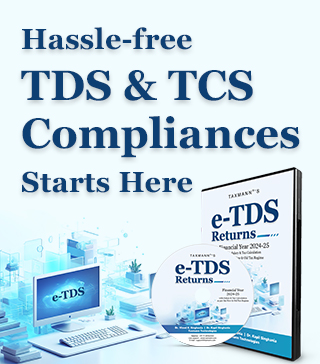







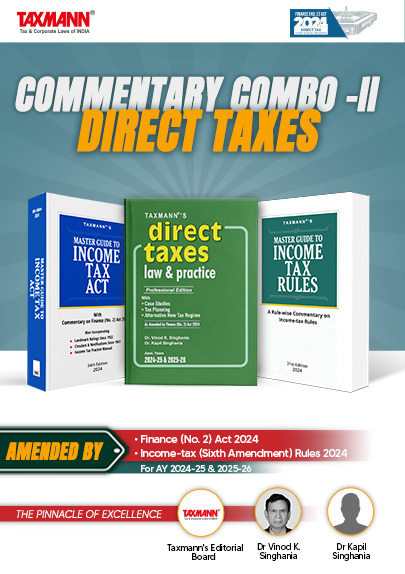
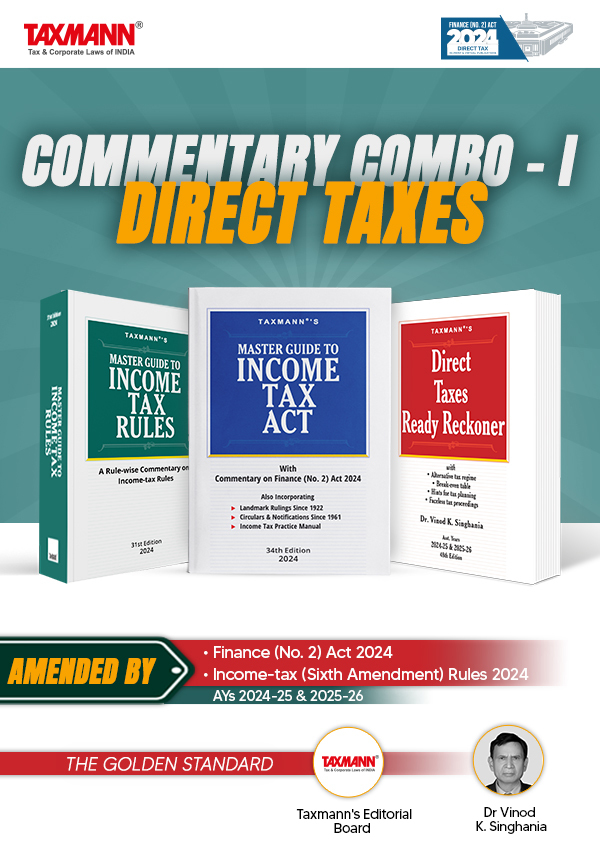
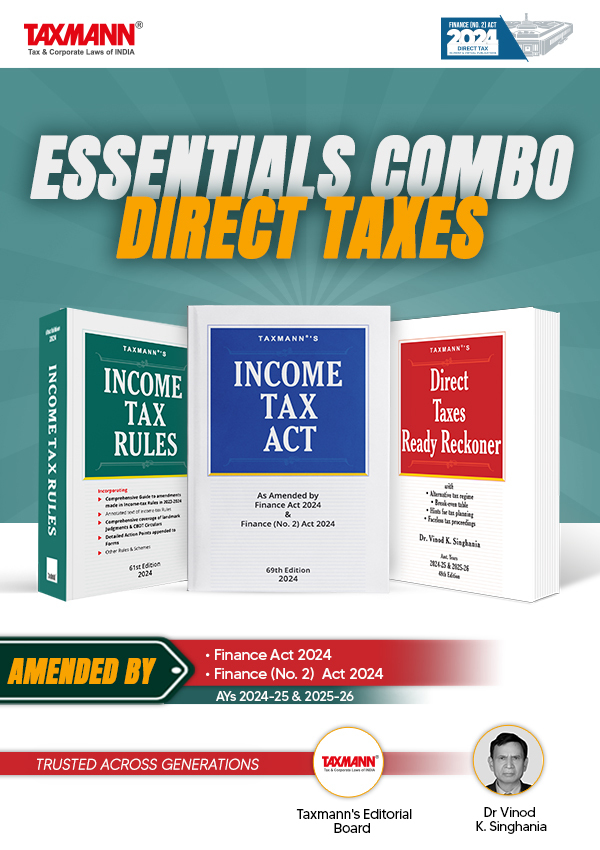
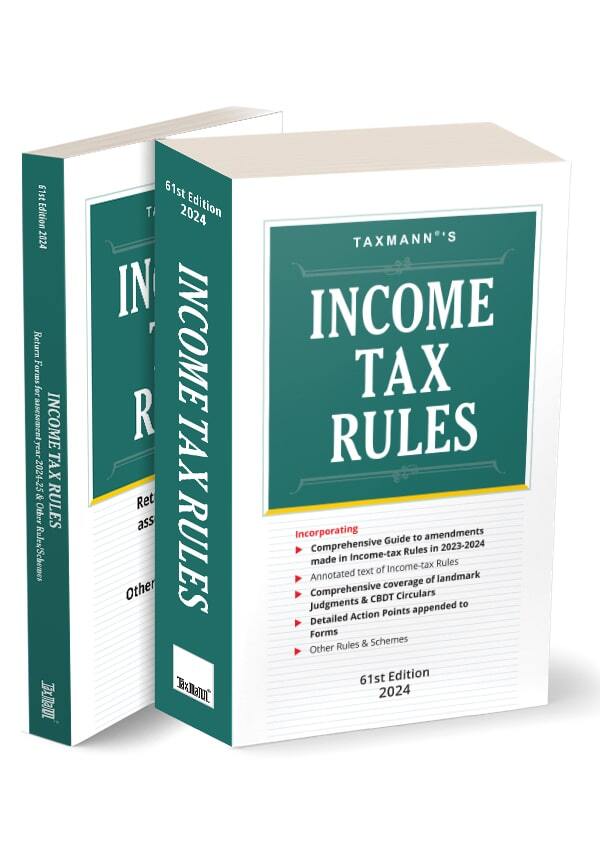


 CA | CS | CMA
CA | CS | CMA


